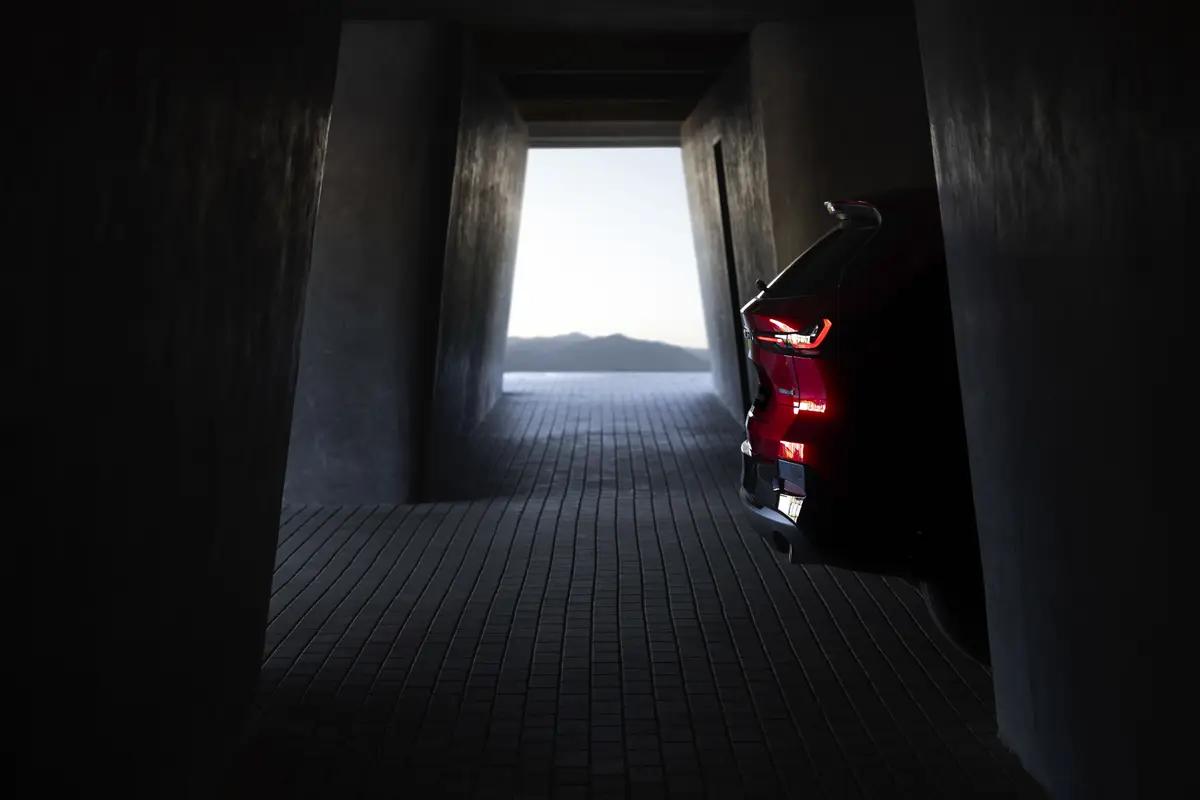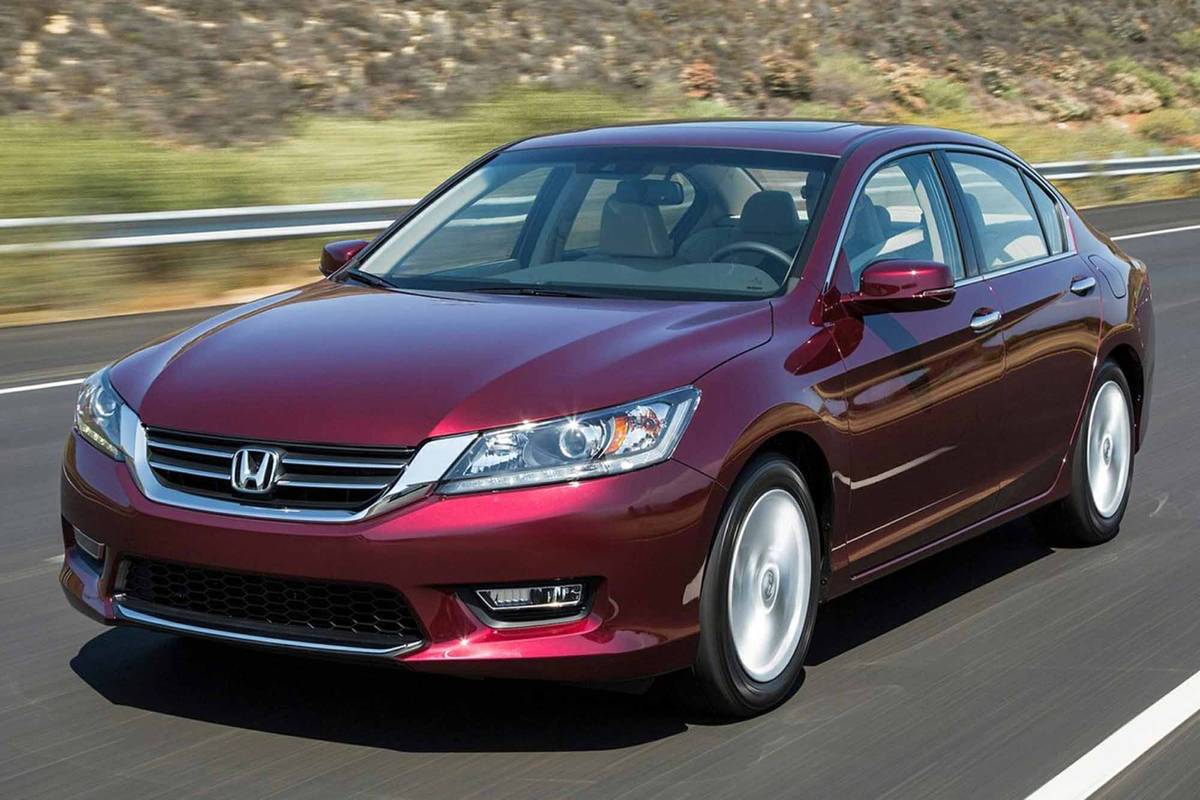chicagotribune.com's view
Can Subaru pull off a repeat?
Can the Japanese automaker enjoy as much success with its Forester, an all-wheel-drive station wagon in sport-utility disguise, as it did with its Outback, a similarly attired all-wheel-drive wagon?
After testing the ’98 Forester S, we suspect it has a bright future; Subaru’s only problem will be building enough to meet demand.
It didn’t take much of a gamble to reach that conclusion since Forester was targeted at sales of 2,000 a month when launched in July, and is topping 3,000 a month now, with dealers and their customers demanding more.
Forester is built in Japan off the Impreza sedan/wagon platform. It competes with the smaller SUVs, the Honda CR-V, Jeep Wrangler, Chevrolet Tracker, and Suzuki Sidekick and Toyota RAV4. Of those, only Wrangler and RAV4 give it a run for the money, though Wrangler targets a different market: youth wanting more novel styling, more off-road potential.
Forester serves young and old alike, but focuses more on those who want all-wheel-drive to maneuver more easily to work in the Snow Belt and who want a ute that has fairly rugged looks but rides and handles like the family sedan and gets significantly better mileage than most sport-utilities.
The Subaru sport-ute is sensibly sized to handle four adults or two adults and two kids plus luggage, groceries and hunting/fishing gear (see plastic cargo mat below) and still maneuver into that tight parking space.
Forester is loaded with goodies. All-wheel-drive for all-season motoring; dual air bags; four-wheel anti-lock brakes; a lively 2.5-liter, 165-horsepower 4-cylinder that may fool some into thinking a V-6 is under the hood; large 16-inch all-season radials for optimum road-holding; a low center of gravity so you don’t feel tipsy in turns and corners or find yourself leaning on the sidewalls on that wide-swing merger ramp.
Also, a plastic tray covers the rear cargo hold so the carpet won’t get wet or soiled; the hidden compartment for the spare tire has a second compartment to hide valuables or stow gear you don’t want in view; stowage trays are built into the rear sidewalls for more carrying capacity; and a power plug in the cargo hold handles accessories.
Plus, an eyeglasses holder is built into the roof; the center console has a slide-open top rather than the traditional pop-open type that’s so easy to catch sleeves on; dual cupholders pop out of the back of the console for rear-seat passengers; the rear hatch lid has a handle to make it easier to pull shut; small stowage compartments are hidden in each door armrest; and rear seatbacks fold flat to allow for more cargo capacity.
There’s one item we aren’t so sure of: the gauge pack in the center of the dash that uses a screen plus digital readouts to give you everything from compass readings for directions to ou tside temperature, barometer readings and altitude measurements. Barometer and altitude? Other than Tom Skilling, who needs it?
We like the outside temperature readings. But as for the compass, when we need directions we take the wife or a map or both along. The package costs a hefty $395.
With a few exceptions, Forester is comfy and cozy. The exceptions are the heated seats in the cold-weather package ($300). Heat is nice. Heat that turns flesh rosy red isn’t. Without heat you might shake, but with the amount of heat the Forester generates, you bake–even with the heat at its lowest setting.
We can’t help but feel that if, after about 15 minutes, you applied a frying pan to the heated seat, you’d need a license to operate a diner.
Another exception is the manual driver’s seat controls, a pair of huge dials to turn to adjust fore and aft, up and down position. With so many clever items on board, there’s no reason for imprec se, haphazard dial adjustment.
Final gripe is that the second-seat backs are as stiff as the heated seats are hot.
Forester has good road presence. The four-wheel independent heavy-duty suspension and those 16-inch treads do a very good job in holding you in line and that means in control. Forester may be small–Blazer and Explorer are considerably larger–but it is solid.
Wrangler is more rugged, CR-V much more civil–to the point that it’s too tame–and Tracker and Sidekick are much smaller and feel tinny by comparison.
Base price is $22,195 and, in addition to items already noted, includes, as standard, air conditioning, AM/FM stereo with cassette, power windows and door locks, dual power and oversized outside mirrors, cruise control, roof rack, fog lights, full-size spare hidden under the cargo floor, mud flaps to protect the lower body from grit and grime, and carpeted floor mats.
Our test vehicle added four-speed automatic for a rather hefty $800. We could do without the cold-weather package at $300, as well as the rear cargo cover at $122 and that gauge package at $395. The compact-disc player is nice, but at $420 it’s very expensive.
If you are looking for 4WD function with 2WD fuel economy and sport-ute looks with family-sedan ride and handling and find the current crop of SUVs a little too big and bulky, check out the Forester.
With Outback and now Forester, Subaru should start focusing efforts on a Three peat.
>> 1998 Subaru Forester S Wheelbase: 99.4 inches Length: 175.2 inches Engine: 2.5-liter, 165-h.p. 4 cylinder Transmission: 4-speed automatic EPA mileage: 21 m.p.g. city/26 m.p.g. highway Base price: $22,195 Price as tested: $24,232. Includes $800 for 4-speed automatic; $300 for cold-weather package with heated seats, heated side mirrors, halogen fog lamps; $122 for rear cargo cover; $420 for compact-disc player; and $395 for gauge pack. Add $495 for freight. Pluses: Basically a wagon, but with the looks of a sport-ute. All-wheel-drive for all seasons. Very good fuel economy. Excellent room, ride and handling. Sensible size in an industry feeding steroids to its utes. Clever storage areas. Minuses: Second seat backs mighty stiff. Dials to adjust seat positions don’t give precise settings. Mixed emotions on gauge pack, especially the price. Heated seats misnomer for scalding seats. >>
Latest news



